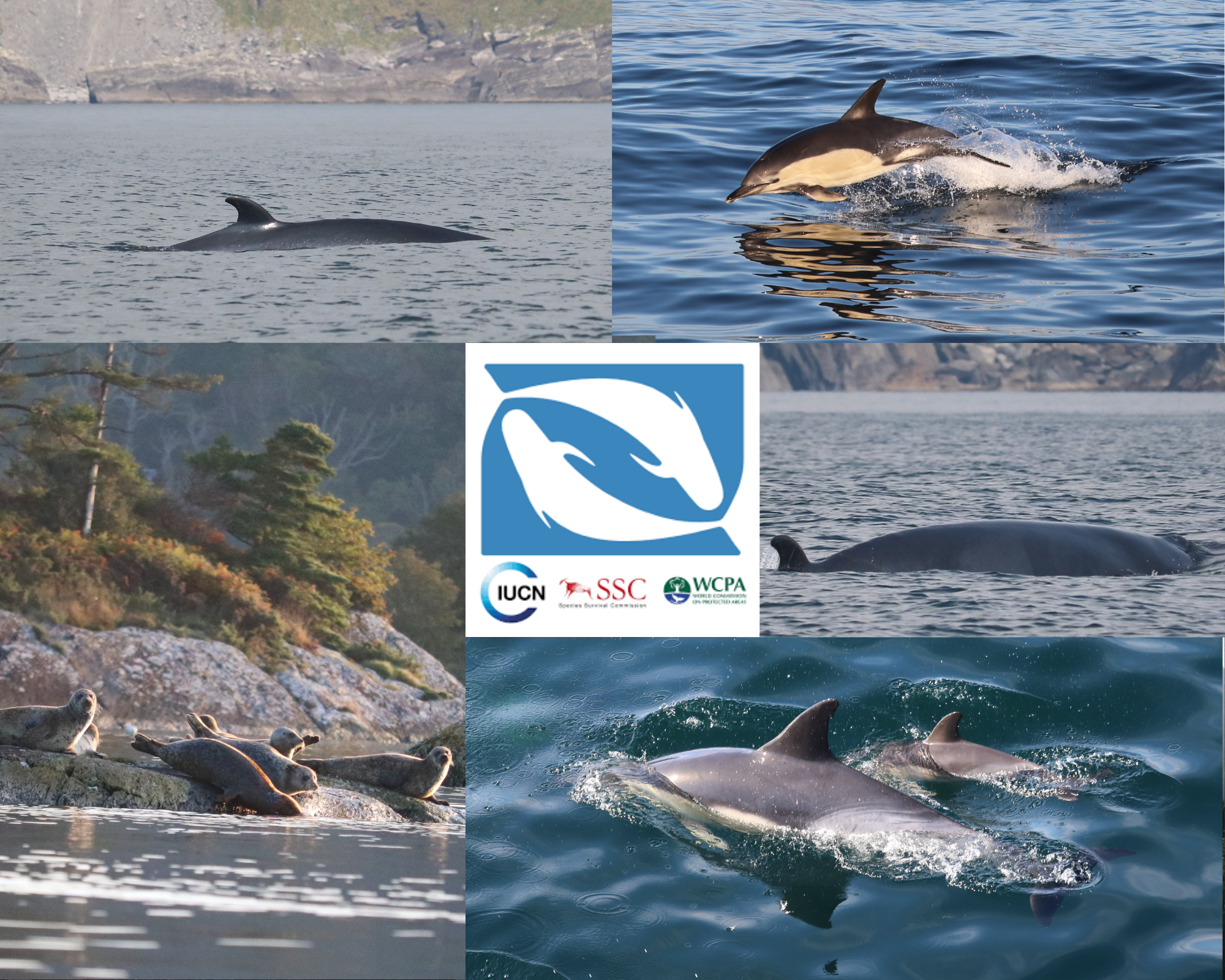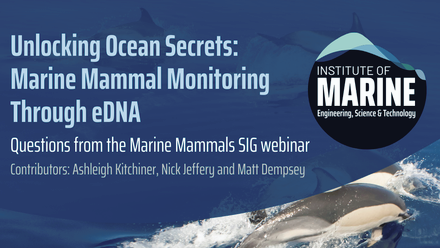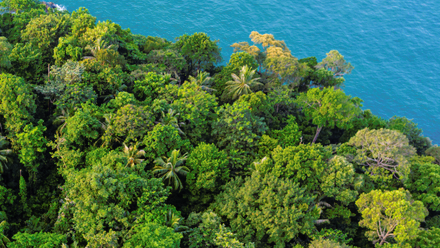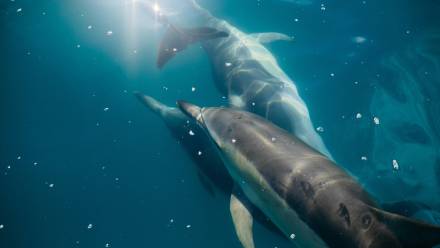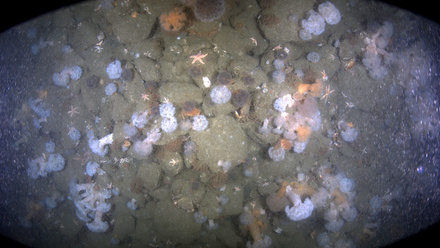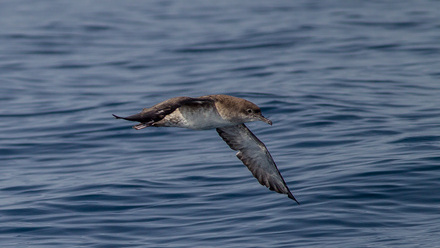Important Marine Mammal Areas (IMMAs) for the North East Atlantic
Patrick Lyne Marine Mammal Special Interest Group Committee Member discusses the IMMA process and what it means for the North East Atlantic
The IMMA process aims to help support a stronger global profile for the role of marine mammals in protected areas, and to provide a stronger voice for the establishment of marine mammal Protected Areas globally. It was first envisioned in 2013 by the International Committee on Marine Mammal Protected Areas (ICMMPA), the International Union for Conservation of Nature’s (IUCN) World Commission on Protected Areas (WCPA) Marine Vice Chair, and members of the IUCN Species Survival Commission (SSC). Since 2016 the IMMA Task Force has been concentrating on setting up workshops to map areas of importance for marine mammals on a global and regional scale.
The process is independent of governments and political opinion, as well as socio-economic concerns, and is based on presenting data to support specific criteria which are evaluated on a straightforward scientific basis, with peer review.
IMMAs are thus proposed based on satisfying any of 8 criteria or sub-criteria, which range from species vulnerability to feeding and breeding areas. Data to support the IMMA identification can effectively be pulled from any available source, from whaling records to scientific papers, but must support the criteria and present the case as to why the area is an important habitat for one or more marine mammal species (including whales, dolphins, porpoises, seals, sealions, polar bears or marine otters).
All current IMMAs can be viewed online on the IMMA website where you can see the IMMA atlas showing current IMMAs and the secondary category of Areas of Interest (AoI). The most recent additions to the IMMA atlas in September 2023 were in the Southwest Atlantic.
In May 2023 a workshop was organized in Hamburg for the addition of IMMAs for the Northeast Atlantic and Baltic Sea, an area stretching from Mauritania to southern Norway and from the Straits of Gibraltar West to the mid-Atlantic ridge. The process of trying to identify and select areas of importance in marine waters is not as straightforward as it might seem, and from an initial submission of many areas it was decided a number would not go forward chiefly due to lack of data.
Since 2016 IMMAs have existed in the Mediterranean and these are typically taken into account whenever environmental assessments are carried out. Generally, for these often highly mobile species definition of Marine Protected Areas has been difficult due to lack of study and understanding. IMMAs help to identify areas that are important for the survival of these species and assist in industry to take a more responsible approach to development, and assist regulators in identification of areas with important marine habitat. Typically, marine mammals are abundant in healthy biodiverse habitats and as such are a useful sentinel species in identifying and measuring the quality of marine habitats.
The source of the data is not important in the definition of IMMAs and there remains a large possibility for industry to contribute to this process with industry data largely ignored. However, sightings obtained from Petroleum Affairs Department (PAD) in the years 2013 to 2018 and one paper from seismic surveys made a large contribution to creation of an IMMA off Ireland in the Porcupine Seabight. I look forward to seeing what other unique and interesting areas have been identified in this process.
More information can be found at: https://www.marinemammalhabitat.org/imma-eatlas/
